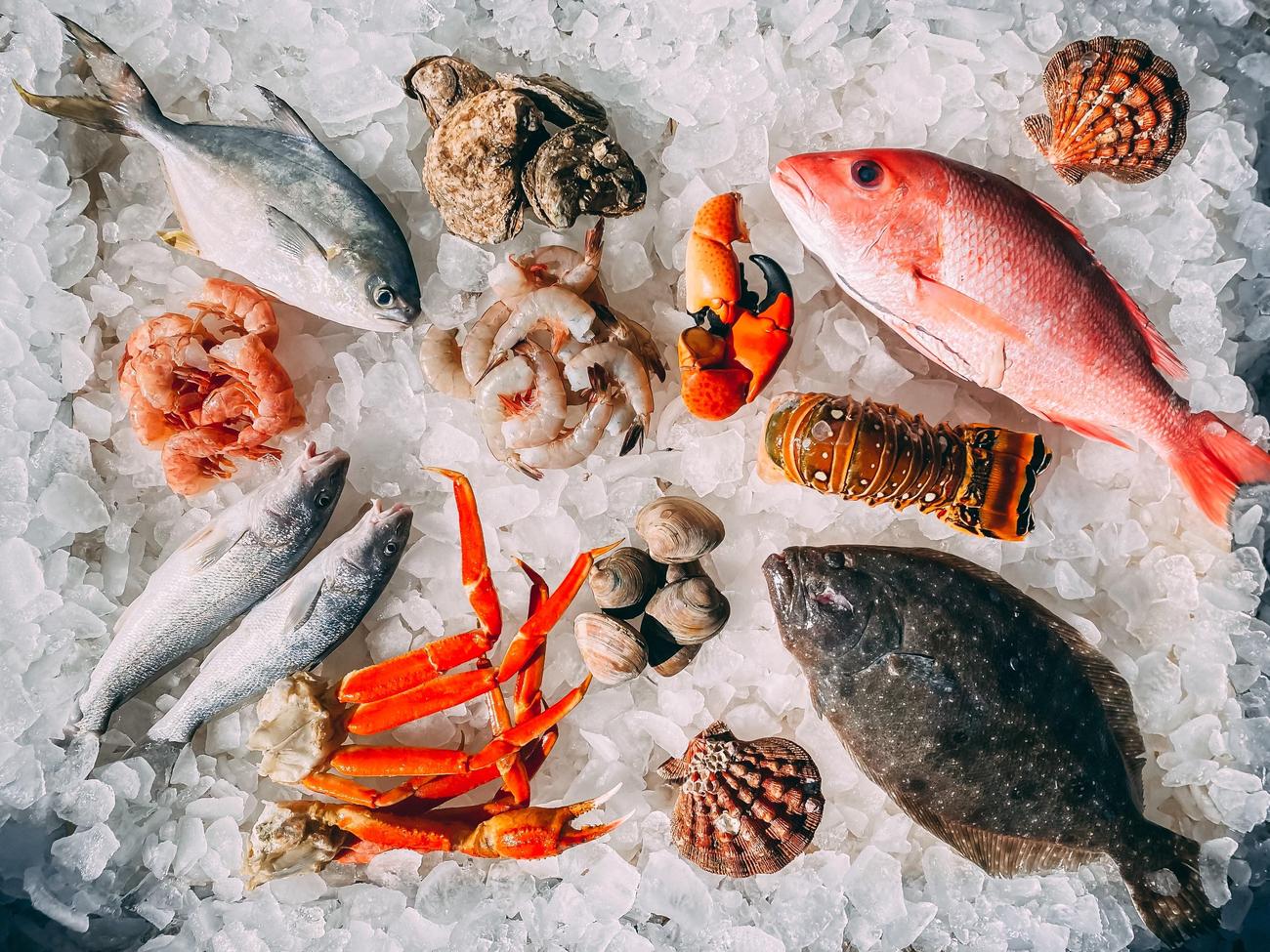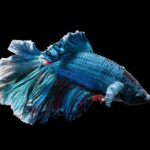Welcome to the captivating world of Lake of the Ozarks, where hidden dangers lurk beneath the serene surface. In this article, we will embark on a thrilling journey, diving deep into the depths of this picturesque lake to uncover the mysterious and hazardous fish species that call it home. Brace yourself for a fascinating exploration into the realms of danger, as we shed light on the lurking threats and their potential impact on both the local ecosystem and recreational activities. Join me as we unravel the secrets of the Lake of the Ozarks and delve into the intriguing world of these hazardous creatures.

Hazardous Fish Species in Lake of the Ozarks
When it comes to exploring the depths of freshwater ecosystems, the Lake of the Ozarks boasts an array of fish species that inhabit its waters. From the resilient white crappie to the elusive American paddlefish, this lake is a haven for aquatic biodiversity. However, amidst the beauty lies the potential hazards associated with certain fish species. In this article, we will uncover the dangers posed by these hazardous fish species in the Lake of the Ozarks and shed light on the importance of conservation and management efforts.
The White Crappie: A Deceptive Beauty
The white crappie, a commonly found fish in Missouri, is renowned for its deep-bodied and laterally compressed structure, concluding in a distinctive humpback. While it may seem harmless, this species can bring harm to the local ecosystem. Its tendency to overpopulate can lead to competition with other fish species for resources and cause imbalances. Moreover, the white crappie’s diet consists mainly of small fish, which can have a negative impact on the overall fish population. As anglers and enthusiasts, it is vital for us to understand the potential risks associated with seemingly innocent fish species like the white crappie.
It’s essential to recognize the deceptive nature of the white crappie’s beauty, as its overpopulation can threaten the delicate balance of the Lake of the Ozarks ecosystem.
The Channel Catfish: An Adaptable Predator
One of the most adaptable fish species found in the Lake of the Ozarks is the channel catfish. This species has the remarkable ability to survive in various aquatic environments, including freshwater, brackish water, and even saltwater. While its adaptability is impressive, it also poses a hazard to the native fish population. The channel catfish’s ability to thrive in different habitats enables it to outcompete and prey upon other fish species, thus disrupting the natural balance. As aquatic biologists and conservationists, it is crucial for us to monitor and manage the channel catfish population to ensure the preservation of the lake’s ecosystem.
The channel catfish’s versatility as a predator demands our attention as we strive to maintain harmony within the Lake of the Ozarks. Conservation efforts must aim to control its population and protect native fish species.
Largemouth Bass: A Delicate Stocking Balance
Largemouth bass, the largest member of the black bass family, is regularly stocked in the Lake of the Ozarks to enhance recreational fishing opportunities. However, striking a delicate balance in stocking numbers is crucial to avoid potential hazards. Overstocking can result in increased competition between bass and other fish species, leading to potential depletion of resources. Conversely, inadequate stocking can impact the overall fishing experience for enthusiasts. Understanding the optimal stocking levels and implementing strategic management practices is essential for maintaining a sustainable largemouth bass population in the lake.
The delicacy of stocking largemouth bass lies in finding the perfect balance, ensuring an optimal fishing experience while preserving the lake’s ecosystem.
American Paddlefish: A Unique Species at Risk
The American paddlefish, Missouri’s state fish, is a unique species that has persevered for millions of years. However, the decline in their population raises concerns about their future in the Lake of the Ozarks. Factors such as overfishing, habitat loss, and dam construction have contributed to their vulnerability. As stewards of the ecosystem, it is our responsibility to understand the challenges faced by the American paddlefish and take the necessary steps to protect and conserve this remarkable species for future generations.
The plight of the American paddlefish demands our immediate attention and conservation efforts. Preserving this unique species ensures the longevity and vitality of the Lake of the Ozarks ecosystem.
Lake Sturgeon: A Living Fossil in Need of Protection
As the oldest and largest species in the Great Lakes, the lake sturgeon possesses a rich history that dates back thousands of years. However, their survival is under threat, and their population in the Lake of the Ozarks is in decline. Factors such as overfishing, habitat degradation, and pollution have contributed to their vulnerable status. Understanding the significance of this living fossil and implementing effective conservation measures are vital for safeguarding the lake sturgeon and restoring their population in the lake.
The lake sturgeon’s status as a living fossil underscores the urgency of preserving their population. Conservation efforts are essential to revive this ancient species in the Lake of the Ozarks.
As we delve into the intricacies of the hazardous fish species in the Lake of the Ozarks, it becomes evident that our actions and conservation efforts play a crucial role in maintaining a safe and thriving environment for all stakeholders involved. By understanding the potential hazards these species pose, we can take informed steps towards effective management and conservation practices. Let us embrace our responsibility as aquatic biologists and enthusiasts to protect the delicate balance of the Lake of the Ozarks and ensure its long-term sustainability.
Lake of the Ozarks is renowned for its breathtaking beauty and abundant wildlife. However, beneath its tranquil surface lurks a hidden danger – dangerous fish. These formidable creatures possess a reputation for their razor-sharp teeth and aggressive nature. If you’re an adventurous angler seeking an adrenaline rush, you won’t want to miss the thrill of encountering these treacherous underwater predators. Prepare yourself for an unforgettable fishing expedition as you venture into the depths of the lake, where the hunt for the most dangerous fish in Lake of the Ozarks begins. Brace yourself for an exhilarating experience and click here to learn more about the dangerous fish in Lake of the Ozarks!
[[Dangerous Fish In Lake Of The Ozarks|../dangerous-fish-in-lake-of-the-ozarks]]
FAQ
Question 1: What are some of the hazardous fish species found in Lake of the Ozarks?
Answer 1: Some of the hazardous fish species found in Lake of the Ozarks include the common carp, which is an invasive species that can negatively impact the lake’s ecosystem, and the gar, known for their sharp teeth and potential harm to recreational activities.
Question 2: Can the hazardous fish species in Lake of the Ozarks cause harm to humans?
Answer 2: While the hazardous fish species in Lake of the Ozarks can pose some risks to humans, such as accidental injuries from their sharp teeth or spines, the overall level of danger is relatively low. However, it is still important to exercise caution and follow safety guidelines when interacting with these fish species.
Question 3: What conservation efforts are in place to manage the hazardous fish species in Lake of the Ozarks?
Answer 3: Conservation efforts in Lake of the Ozarks mainly focus on controlling and preventing the spread of invasive fish species, such as the common carp. Strategies include implementing regulations and guidelines for fishing, promoting responsible angling practices, and monitoring the populations of hazardous fish species to better understand their impact on the ecosystem.
Question 4: How do the hazardous fish species affect the local ecosystem?
Answer 4: Hazardous fish species, including invasive species like the common carp, can disrupt the natural balance of the local ecosystem in Lake of the Ozarks. They may outcompete native fish species for resources, alter water quality, and impact the overall biodiversity of the lake.
Question 5: What can individuals do to help protect Lake of the Ozarks from hazardous fish species?
Answer 5: Individuals can contribute to the protection of Lake of the Ozarks by practicing responsible fishing, following regulations and guidelines, reporting any sightings of invasive fish species, and engaging in educational initiatives to raise awareness about the importance of preserving the lake’s ecosystem.
- Unlock Water’s Symbolism: A Cross-Cultural Exploration - April 20, 2025
- Identify Black and White Snakes: Venomous or Harmless? - April 20, 2025
- Unlocking Potential: Origins High School’s NYC Story - April 20, 2025















